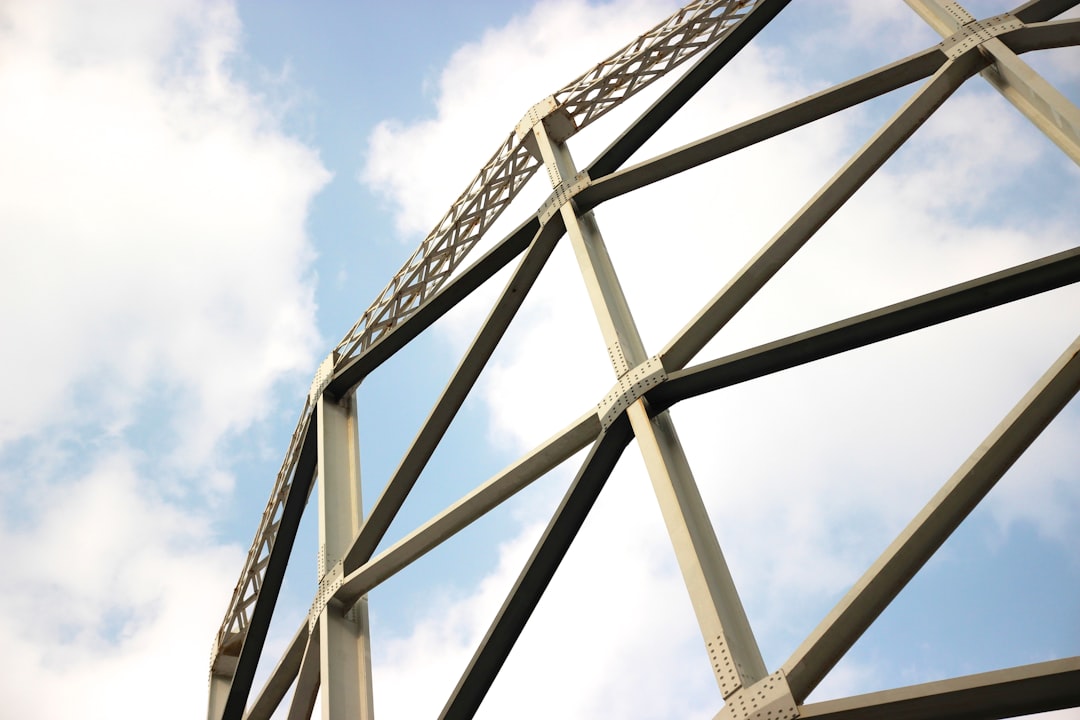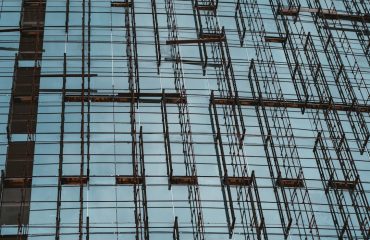Universal Parallel Flange (UPN) profiles, also known as parallel flange channels, are ubiquitous in structural engineering projects. Their versatility and cost-effectiveness make them a popular choice for a wide range of applications, from simple frameworks to complex constructions. This comprehensive guide delves into the intricacies of UPN profiles, providing a detailed understanding of their properties, applications, and design considerations.
Understanding UPN Profile Geometry and Properties
UPN profiles are characterized by their parallel flanges and a central web. This geometry contributes to their significant bending strength and stiffness. Key geometrical properties include the overall depth (height), flange width, web thickness, and flange thickness. These dimensions determine the section’s area, moment of inertia (I), section modulus (Z), and radius of gyration (r). These properties are crucial for calculating the structural capacity of the UPN profile under various loading conditions. Accurate determination of these properties, often found in steel section tables or engineering software, is paramount for successful design. Different manufacturers may have slight variations in dimensions, so always refer to the specific manufacturer’s data sheets.
Stress and Strain Analysis of UPN Profiles
Understanding the stress and strain behavior of UPN profiles is essential for ensuring structural integrity. Under loading, UPN sections experience bending moments and shear forces. These forces induce stresses within the profile, primarily tensile stresses in the outer fibers of the flanges and compressive stresses in the inner fibers. The section modulus (Z) is a key parameter used to calculate bending stresses (σ = M/Z, where M is the bending moment). Shear stresses (τ) are calculated based on the shear force (V) and the section’s area. Finite Element Analysis (FEA) software can provide detailed stress and strain distributions within the profile, offering a more comprehensive understanding of its behavior under complex loading scenarios. Accurate stress analysis is crucial to prevent yielding, buckling, and ultimate failure.
Applications of UPN Profiles in Structural Engineering
UPN profiles find extensive use in a broad range of structural applications. Common examples include:
- Beams and Girders: UPNs are frequently used as beams in various structures, supporting floors, roofs, and other loads. Their parallel flanges provide excellent bending resistance.
- Columns and Supports: Their high stiffness makes them suitable for columns in light-duty structures, particularly where space constraints are a factor.
- Bracing Members: UPNs serve as effective bracing elements in structures, enhancing stability and resisting lateral loads. Their straight shape makes them easy to connect to other members.
- Industrial Frameworks: They are commonly used in the construction of industrial buildings, workshops, and other heavy-duty structures, where strength and durability are paramount.
- Cladding Supports: UPN profiles can effectively support cladding systems, ensuring stability and preventing damage caused by wind or other environmental factors.
Design Considerations and Connection Techniques for UPN Profiles
Designing with UPN profiles requires careful consideration of various factors, including:
- Load Calculations: Accurate determination of all loads (dead, live, wind, snow, seismic) is paramount for safe and efficient design. This often involves complex calculations based on structural analysis principles.
- Material Properties: The yield strength and ultimate tensile strength of the steel used are critical for determining the profile’s capacity. These properties are specified in relevant steel standards.
- Buckling Considerations: UPN profiles can be susceptible to buckling, particularly under compressive loads. Design checks should be performed to ensure that the slenderness ratio is within acceptable limits.
- Connection Design: Appropriate connection methods, such as welding, bolting, or riveting, must be selected based on the load requirements and structural details. Properly designed connections are vital for transferring loads effectively and ensuring structural integrity.
- Corrosion Protection: Appropriate corrosion protection measures, such as painting or galvanizing, should be implemented to extend the service life of the UPN profiles, especially in harsh environments.
UPN Profiles vs. Other Steel Sections: A Comparative Analysis
Choosing the right steel section is crucial for optimal structural performance and cost-effectiveness. UPN profiles offer several advantages, including their parallel flanges, which facilitate easy connection and provide excellent bending resistance. However, they may not always be the most economical or efficient choice compared to other sections like I-beams, H-beams, or channels. The selection depends on factors such as the load requirements, available space, and cost considerations. A comparative analysis of the relevant section properties, including weight, cost, and strength, should be undertaken to determine the most suitable option for a given application. Software tools and engineering handbooks can assist in this comparative analysis.
In conclusion, understanding the properties, applications, and design considerations of UPN profiles is crucial for structural engineers. Careful analysis and attention to detail throughout the design process ensure the safe and efficient use of these versatile steel sections in a wide range of construction projects.
Tags: UPN profile, structural steel, steel sections, parallel flange channel, structural engineering design




